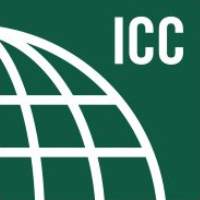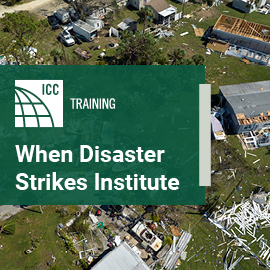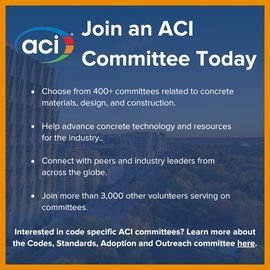
Significant changes to the 2018 International Fire Code
The 2018 Significant Changes guides are available for the International Building, Residential, Fire, Plumbing, Mechanical and Fuel Gas Codes. This valuable series can help any code user save time by zeroing in on the most critical changes in the 2018 International Codes (I-Codes). The Code Council’s technical experts provide summaries, analysis and graphics for these changes making them clear and easy to understand.
2018 International Fire Code
An addition to Section 2303.2.1 (Height of Emergency Disconnect Switch) provides specific height limitations for emergency disconnect switches for fuel dispensing operations.
This code change specifies a height requirement for emergency disconnect switches at motor vehicle fuel dispensing facilities. The 2015 IFC requires the emergency disconnect switch to be clearly identified, readily accessible, and no closer than 20 feet and no further than 100 feet from outdoor dispensing operations.
This additional criterion specifies the acceptable height of the emergency disconnect switch. The height limitations are identical to the height limitations for a manual fire alarm box in Section 907.4.2.2.
Click here to read the full significant change.








